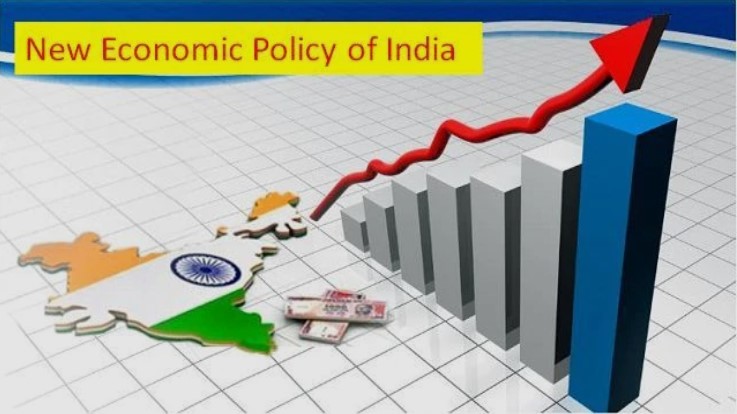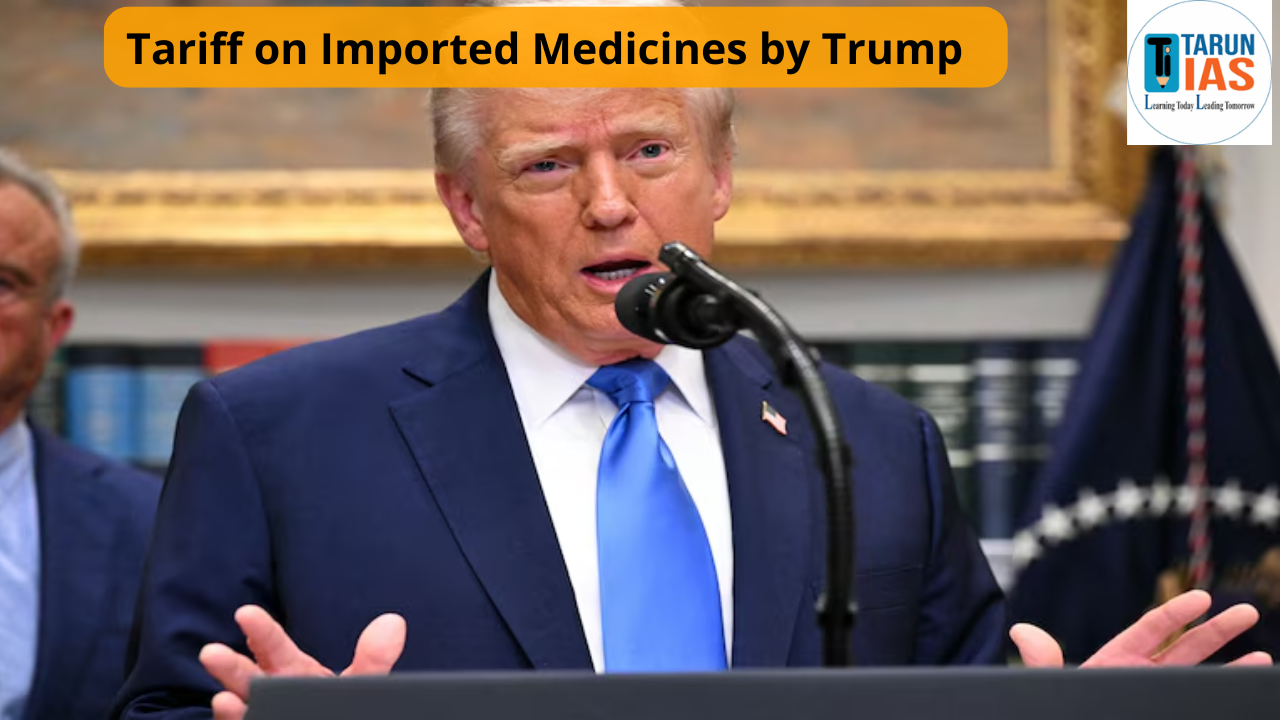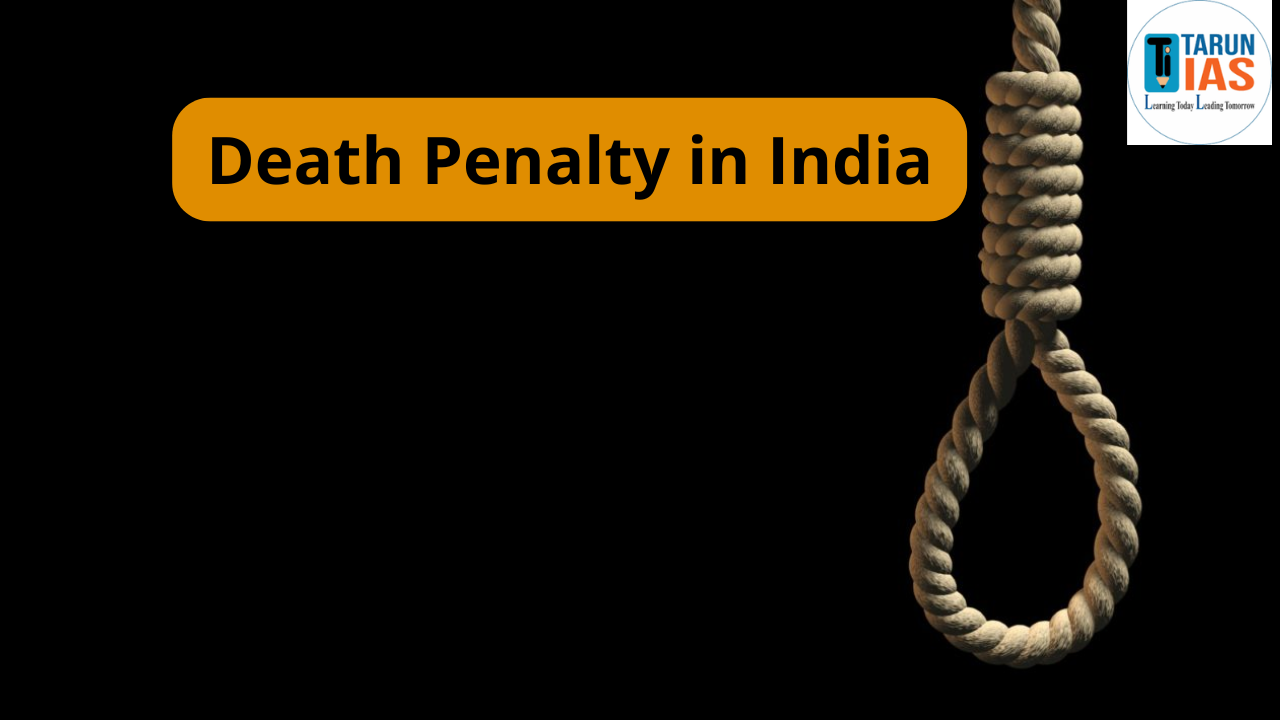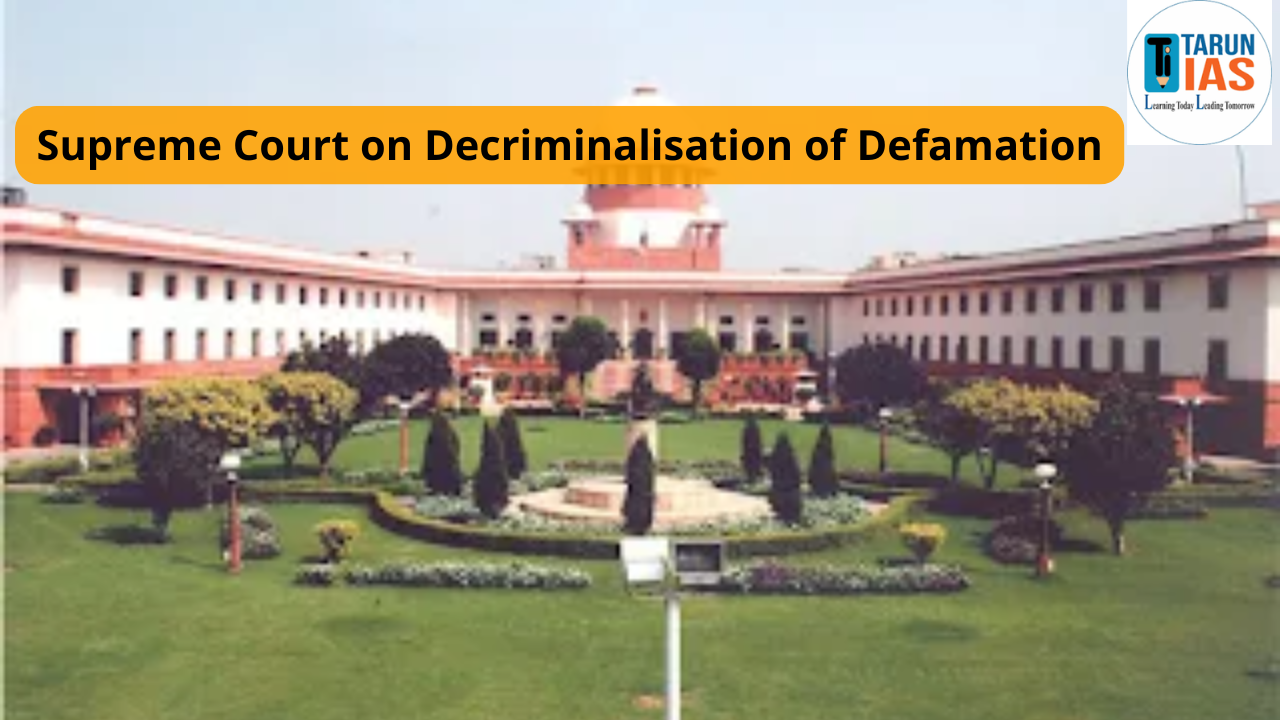New Economic Policy 1991 was a turning point in India’s post-independence economy. It’s a shift from a heavily centrally controlled economy to an open market and liberalised system. New Economic Policy 1991 introduced in the era of Prime Minister P.V. Narasimha Rao and Finance Minister Dr. Manmohan Singh, the New Economic Policy was a response for economic crisis. This policy laid the foundation for India’s integration with the global economy and helped unlock its economic potential.
New Economic Policy Context

The policy was implemented to reduce restrictions on the economy. It gives strength to India’s position in the global economic scenario .India in the late 1980s and early 1990s was grappling with a severe economic crisis. Several domestic and global factors came together to push the Indian economy to the brink of collapse:
- Balance of Payments Crisis: India had just enough foreign exchange to pay for two weeks of imports.
- Rising Fiscal Deficit: The government’s expenditure far exceeded its income.
- High Inflation: Inflation touched 16-17%, reducing the purchasing power of common citizens.
- Poor Performance of PSUs: Public sector units (PSUs) suffered from inefficiency, losses, and overstaffing.
- Global Pressure: The IMF and World Bank advised structural reforms as a condition for loans.
- The Gulf War: The 1990-91 Gulf War led to a spike in oil prices and a drop in remittances from Indians working in Gulf countries.
New Economic Policy Objectives
The primary objective of the New Economic Policy was economic stabilisation and structural reform. The objectives included:
- Controlling Inflation: Stabilising prices by regulating demand and supply.
- Boosting Foreign Exchange Reserves: Improving exports and attracting foreign capital.
- Promoting Economic Growth: Encouraging private participation and competition.
- Integrating with the Global Economy: Opening India to international trade and investment.
- Reducing Government Control: Simplifying procedures and removing bureaucratic hurdles.
- Revitalising the Private Sector: Allowing private players in more areas of the economy.
New Economic Policy Features
The reforms under New Economic Policy 1991 were based on three pillars: Liberalisation, Privatisation, and Globalisation (LPG Model).
Liberalisation
Liberalisation means the process of removing government restrictions and controls in economic activities.
- End of License Raj: Liberalisation abolished the industrial licensing for most industries.
- Removal of Price Controls: Liberalisation introduced Market-based pricing for many goods.
- Trade Liberalisation: Liberalisation removed Import licensing and reduced tariffs.
- Financial Reforms: Liberalisation allowed to unregulated interest rates and new private banks.
- De-reservation: Many sectors earlier reserved for the public sector were opened to private firms.
Privatisation
Privatisation involves transferring the ownership or management of government enterprises to private players.
- Disinvestment: Government began selling its stake in loss-making and non-strategic PSUs.
- Strategic Sales: Some PSUs were fully handed over to private companies.
- Autonomy to PSUs: ‘Navratna’ and ‘Maharatna’ statuses were given to profit-making PSUs to allow them operational freedom.
- BIFR (Board for Industrial and Financial Reconstruction): Set up to revive or shut down sick public sector units.
Globalisation
Globalisation refers to the integration of the Indian economy with the global market.
- Encouraging FDI: Foreign Direct Investment (FDI) was permitted in many sectors.
- Currency Devaluation: The rupee was devalued to make exports more competitive.
- FEMA Replaced FERA: Foreign Exchange Management Act (FEMA) replaced the older restrictive FERA.
- WTO Membership: India became a founding member of the World Trade Organization (WTO) in 1995.
- Export Promotion: Policies to boost exports like Special Economic Zones (SEZs) were introduced.
New Economic Policy Reforms
The New Economic Policy (NEP) of 1991 introduced five major reform branches:
Industrial Policy Reforms
- Abolition of industrial licensing (except in a few sectors like defence).
- Freedom to expand or diversify businesses.
- Simplification of procedures for investment.
Trade Policy Reforms
- Devaluation of Indian rupee in July 1991.
- Reduction of import duties.
- Elimination of export subsidies and import restrictions.
Financial Sector Reforms
- Autonomy to RBI in monetary policy formulation.
- Entry of private and foreign banks.
- Reforms in capital markets (SEBI was strengthened).
Fiscal Reforms
- Reduction of fiscal deficit.
- Tax reforms: simplification, broadening base, and improving compliance.
- Rationalisation of subsidies and public expenditure.
Public Sector Reforms
- Disinvestment of PSUs.
- Reduction in the number of industries reserved for the public sector.
- Performance evaluation and classification of PSUs.
New Economic Policy Factors
Several structural and external issues made the reforms inevitable:
- Excessive Government Spending: Non-developmental expenditures increased drastically.
- Inefficiency of Public Sector Units: Political interference and overemployment.
- Mounting Internal and External Debt: India had borrowed heavily without adequate revenue.
- Import-Export Imbalance: More imports than exports led to depletion of reserves.
- High Inflation: Ruined savings and eroded consumer purchasing power.
- Oil Shock due to Gulf War: A sharp rise in crude prices worsened the situation.
- International Pressure: IMF and World Bank demanded structural adjustments.
- Decline in Remittances: Especially from Gulf countries.
New Economic Policy Impact
After the economic reforms of 1991, India’s GDP growth rate accelerated. This rapid growth laid the foundation for expansion in many sectors such as services and manufacturing.
Economic Growth
- After New Economic Policy 1991 the GDP growth increased from 3.5% to 6–7% in the post-reform period.
- The growth rate reached double digits in 2006–07.
Increase in Foreign Investments
- After New Economic Policy 1991 the Foreign direct investment (FDI) has grown from $100 million to $80 billion by 2024.
- India has become a preferred investment destination in sectors such as telecom, IT and infrastructure.
Foreign Exchange Reserves
- After New Economic Policy foreign exchange reserves have risen from $5.8 billion in 1991 to over $700 billion by 2024.
Expansion of Private Sector
- After the New Economic Policy the private companies began to dominate sectors such as telecom, aviation, banking and retail.
Rise in Exports
- After the New Economic Policy our exports also rose.
Employment Generation
- This New Economic Policy created millions of jobs in sectors such as IT and BPO, especially for the youth.
Poverty Reduction
- According to the World Bank report India lifted over 17 crore people out of poverty between 2011-2022.
Infrastructure Development
- Because of this New Economic Policy their massive investment in roads, power, ports and airports through the PPP model.
Financial Market Deepening
- Stock markets became more transparent and efficient. SEBI’s role strengthened.
New Economic Policy Challenges & Criticisms
Despite its success, the policy had certain downsides:
- Jobless Growth: The new economic policy did grow the economy, but this growth was not always accompanied by proportionate job creation.
- Widening Inequality: The new economic policy created a huge gap between Rich-poor.
- Neglect of Agriculture: The new economic policy also ignored farm sector reforms and focused on industry and services sector.
- Dependence on Foreign Capital: The new economic policy increased vulnerability to global shocks.
Conclusion
The New Economic Policy of 1991 is India’s journey from a closed economy to an open, competitive, and globalised economy. It replaced outdated controls with market-driven mechanisms, brought in foreign capital, and gave a new direction to India’s economic policy.















